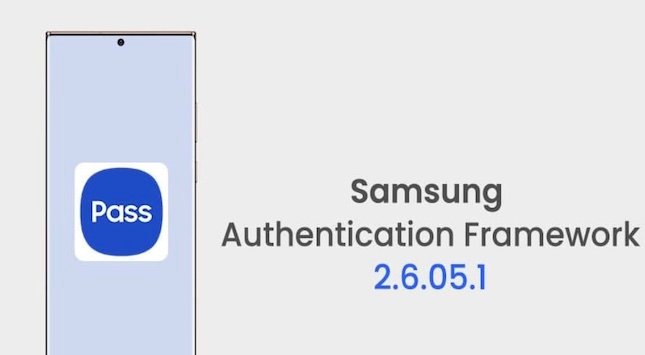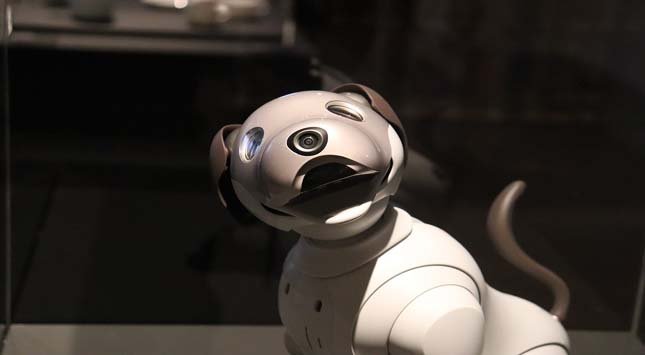Technological advancements have boomed in the retail industry in recent years, making it more seamless, efficient, and convenient for consumers. Many retailers are adopting new technologies in their routine on-goings and long-term business strategies.
The main reason is to make their business operations seamless and customer experience more convenient. So, here are some of the technological advancements we’ve made in the retail industry.
Augmented Reality
Retailers are beginning to use Augmented Reality, or AR technology, to enhance customer experience. AR tech enriches the customer experience in multiple ways; it allows customers to try on clothes virtually, see how furniture would look in their homes, and experience products in a new way without spending money.
For customers who like to shop in-store, AR tech allows them to have a navigational guide on their phones for an easier time. However, it’s still a relatively new technology we’ll need to develop before we see it fully integrated into the industry.
Internet of Things (IoT)
One of the most significant ways the retail industry has advanced is by introducing the Internet of Things (IoT) Technology into their businesses. The IoT enhances customer experience in numerous ways. It’s a network of multiple devices that can share data, making results far more efficient than ever.
For inventory management, IoT-enabled barcodes can be placed on machines, and devices such as a USB barcode scanner can scan them to get all relevant information about the product. Overall, IoT has enhanced customer experience significantly and streamlined the entire operation.
Self-Checkout System
We can all agree that no one likes to wait in line; it’s a tedious thing we shouldn’t have to deal with, especially when you’re shopping. Not only does staying in line to process your purchase make the customer experience dissatisfactory, but it also makes business operations non-optimal.
To deal with such problems, retailers have introduced a self-checkout system. Instead of waiting for a cashier to process their purchases, customers can check their shopping carts and items with a simple scan on the system, which smoothes the operation while making it less costly.
Artificial Intelligence
AI has been a significant player in advancing the retail industry. AI tools like Behavioural Analytics and Recommendation Systems analyze your purchase history and recommend more suitable products. Retailers also use these analytics to determine future trends; it helps them better understand the consumers’ needs.
These data-driven decisions allow retailers to set up their stores more tailored to the customers’ needs. This way, they enhance the experience by making it appropriate for each consumer.
The use of AI in technologies to advance the retail industry has made the shopping process convenient and efficient for retailers and consumers. Businesses are implementing AI in almost all technologies to advance the retail industry, from inventory management systems we discussed earlier to AI-powered chat assistants, which provide services around the clock.
Facial Recognition
Facial Recognition is a very great tool to prevent loss or theft. A complete shoplifter database connects to and handles the entire recognition technology, with CCTV cameras covering multiple spots in the shop, like the entrance or exit. Now when any shoplifter enters or exits your store, AI-based technology will detect that person and send an alert.
Retailers also use Facial Recognition technology to personalize the shopping experience by identifying customers and offering them commodities, promotions, and recommendations according to their needs. Shop owners can also use it to verify a customer’s age when selling age-restricted products like alcohol.
The overall goal of the technology is to make retailers enhance the customer experience. Still, many privacy concerns are associated with using Facial Recognition. Before using such technologies, it is better to get informed on laws and regulations about data privacy and other aspects.
Robotics and Automation
Robotics and Automation are also transforming the retail industry by streamlining operations and increasing efficiency. As per McKinsey Global Institute’s research, we can automate about half of the current manual business activities using Robotics. For example, we could use Robotics and Automation Systems for speedier inventory management, instant order fulfilment, and error-free checkout-related tasks.
One of the most advanced prospects of Robotics and Automation is the delivery service. It’s still early, but we will likely use drones or robots to deliver products. Multinational retailing companies like Amazon and Alibaba have already invested in and plan to roll out such technology soon.
Phone Payment
Using cash, credit, or debit cards can be time-consuming for customers and business owners. To make such methods more streamlined and convenient for consumers, retailers have introduced a Phone Payment System through which you can pay for products directly from your phone with just a few touches and a scan.
Payment methods like these have made shopping more accessible and convenient for customers by removing the need to carry cash or cards. Retailers can now offer contactless payments through smartphones, reducing wait times and increasing security.
Voice Assistant Technology
Voice Assistant Technologies such as Apple’s Siri, Amazon’s Alexa, and Google Assistant are becoming increasingly popular among consumers. According to a report, an estimated 34% of American households own at least one smart speaker. Consumers can use these technologies to gain relevant information about the product of their interest without scouring the internet.
For example, by asking for the price of a particular product or comparing different versions of the same product, consumers can make decisions and be informed with minimal effort. We can also use Voice Assistants to provide instant customer support, freeing employees to focus on other tasks.
Brands operating on higher levels already offer their services through Voice Assistant Technology. Google and Walmart have teamed up to provide such services, and now you can use Google Assistant to place an order from Walmart or get any information.
The second company to team up with Google for this technology is Nike, which uses Google Assistant to find any information about Nike’s shoes.
Conclusion
In conclusion, the retail industry is evolving rapidly with advancements in new technology. Technological innovations such as Augmented Reality, the Internet of Things, Facial Recognition, Voice Assistants, and Artificial Intelligence have improved shopping.
As technology evolves, we expect to see even more innovative solutions that revolutionize our shopping in newer ways.






